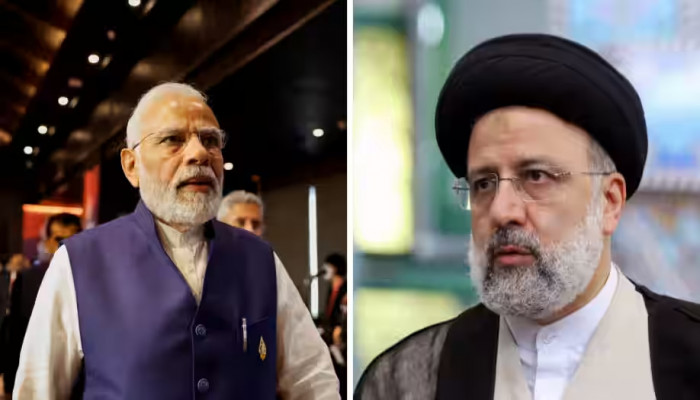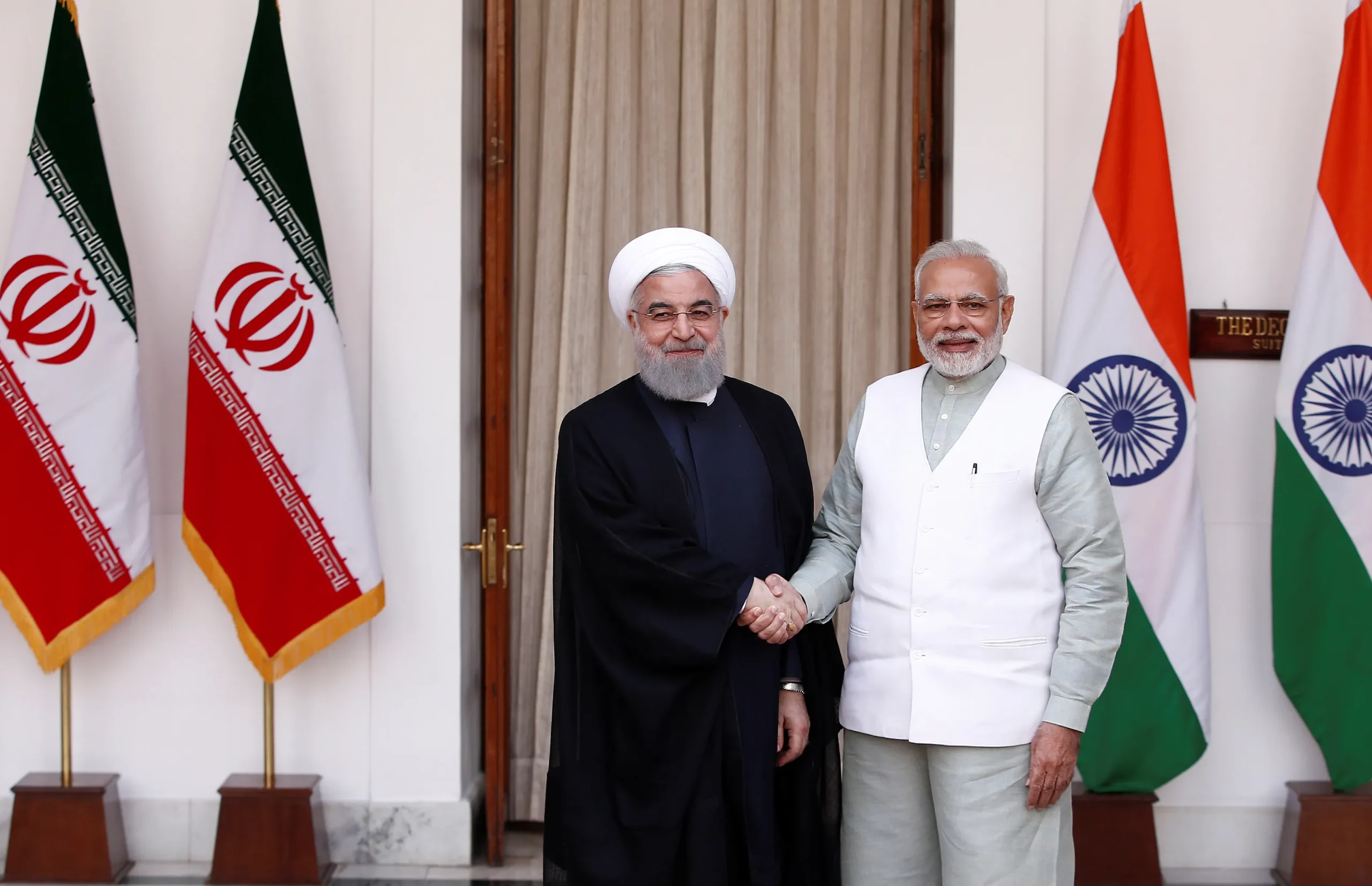In the last few days, diplomatic fire has spread between India and Iran over their Supreme Leader Ayatollah Ali Khamenei. The leader had commented on the condition of Muslims in India, and his words were strongly opposed by New Delhi, with comments calling them “completely unacceptable and misinformed.” This blog digs a little deeper into the case in question, especially its political implications, and in fact, how the factor of change in Iran—the Khamenei factor—arrived at this juncture.
Iran’s supreme leader, Ayatollah Khamenei, has resorted to social media to lament over the sufferings of Muslims around the globe. In the video message, he referred to Myanmar, Gaza, and, more particularly, India. The speeches are part of the general call by the supreme leader for unity among Muslims, particularly on Islamic Unity Week, a time when Shia and Sunni communities in Iran usually come together. His statement was aimed at consolidating the concept of the “Islamic Ummah,” a nomenclature given to the worldwide Muslim community.
This was a diplomatic shock for India. The Ministry of External Affairs issued a reaction stating that foreign leaders should concentrate on the internal issues of their countries rather than making observations about other nations’ internal affairs, which is a sensitive matter. It has happened that the controversy these minorities stir up has brought up huge political flares. India strongly criticised Khamenei’s remarks to say such observations were misinformed and hurtful, as both countries have always shared a good historical relationship.
A Glimpse into Khamenei’s Leadership
Ayatollah Ali Khamenei has been Iran’s Supreme Leader since 1989, succeeding Ayatollah Khomeini. He was initially less pugnacious than his predecessor. However, Khamenei’s actual leadership has evolved, primarily characterized by conservatism, authoritarian control, and strict adherence to Khomeini’s revolutionary ideology.
Khamenei’s leadership is a quintessential representation of the dictates of Khomeinism, a religious-political doctrine espousing the theory of velayat-e faqih, or “Guardianship of the Islamic Jurist.” It has been exactly under such an order that the Iranian leadership has executed rigorous control over both the religious and political spheres within its territories. One of Khamenei’s important strategies has been to call for the importance of an independent Iran free of both the influence of Western and Eastern powers, whom he quite often refers to as “oppressors” of the Muslim world.

While Khamenei’s speeches are typically targeted at domestic audiences, he sometimes extends his rhetoric to international Muslim issues. His comments on India, for instance, emanate from his long-standing belief that the Muslim communities around the world have to act in solidarity against oppression—especially when it concerns a country like Israel or a superpower like the U.S. After all, his remarks concerning India, whose secular framework remains very robust, struck a different chord and faced stern backlash.
A fractured diplomatic relationship?
India and Iran have generally enjoyed friendly relations for decades, but in several areas such as trade, energy, and cultural exchange. India and Iran have teamed up with each other to balance economic activities, like the Chabahar Port, which in turn counters Pakistan’s Gwadar Port. Despite these achievements, recent remarks by the Iranian leader regarding Indian Muslims have introduced a new wrinkle to this long-standing relationship.
To India, protection of its image as a secular democracy where all religious communities coexist is important. International remarks on its internal affairs, particularly its minority rights, are interpreted as interference. To Khamenei, though, that is part of his overall ideological stance: a champion of Muslims everywhere. This has created friction; if it will impact trade and diplomacy from here forward remains to be seen.
Khamenei’s longevity in power
One of the most intriguing aspects of the leadership of Khamenei has been how he has managed to stay in power for over three decades. At the time when Khamenei first emerged as the Supreme Leader, the widespread feeling was that he was not a particularly strong figure. In fact, Iran went so far as to amend its constitution to make him eligible for the position because he did not have the required religious credentials. Many of Iran’s elite considered him weak and easy to manipulate. But years have proven Khamenei otherwise: he has managed to form strong alliances, beginning particularly with the IRGC, Iran’s most powerful military and economic force. This network of loyalists is what Khamenei has used to consolidate power, keeping him at the helm of Iran’s political, military, and religious institutions.
The future of India-Iran relations
In fact, while Khamenei’s words do trigger a stir, they seem unlikely to lead to an all-out collapse of relations between India and Iran. The two nations have massive economic cooperation, especially when it comes to energy and infrastructure development at Chabahar Port, among others. However, there is certainly a need for some diplomatic damage control. India has reacted very strongly to the words, but future discussions and talks may well help bridge over the relationship.
In the long term, Iran’s rhetoric under Khamenei may turn out to be an issue for nations like India, which hold their secular structure dear but have large Muslim populations. With an appeal to unite the Muslim world to deal with the West, Khamenei’s intrusions into the internal matters of other nations will further strain relationships.
Conclusion

It has been observed in the recent India-Iran flare-up that there is a fragile balance that each country must maintain against the global religious and political commentary. Emphasizing global Muslim solidarity is often something that generates friction with other countries under Khamenei’s leadership style. For India, then, it remains key to protect internal diversity through its secular image. As for how that diplomatic spat will eventually play out, only time will tell, but what’s sure is words matter, especially if those speaking are men of influential voices, like Ayatollah Khamenei.




